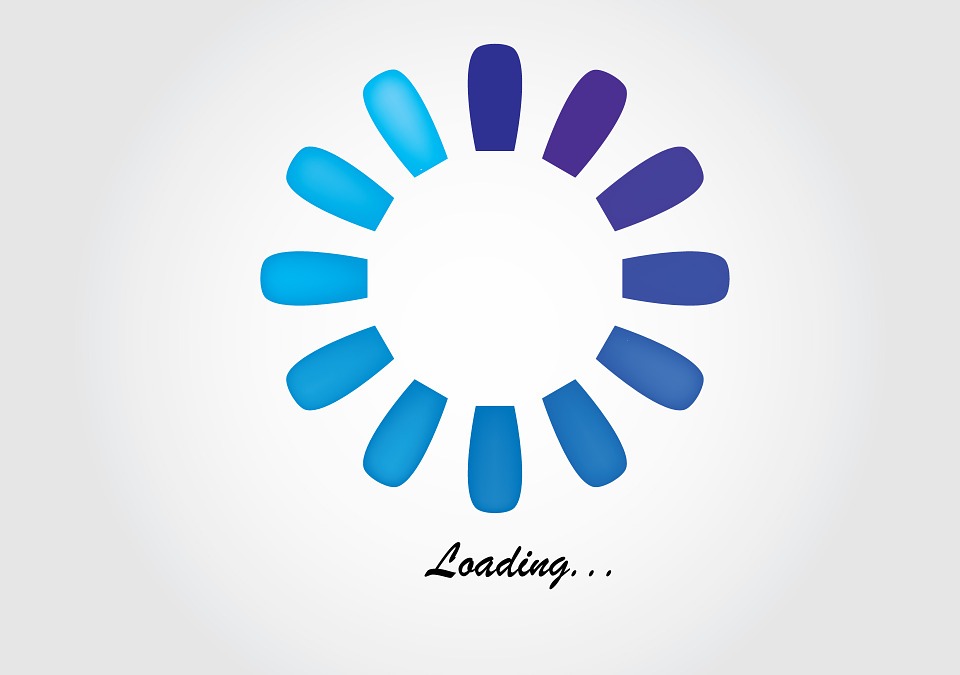5 Best Website Speed Optimization Techniques

It’s no secret that Google ranks websites that load quickly. Website speed is one of the most important factors that search engine crawlers consider when browsing the Internet and indexing websites.
This is hardly surprising, given that 53% of visitors will leave a website that takes more than 3 seconds to load. Coincidentally, the average website speed is 3.21 seconds, which means that your website needs to perform above the standard to capture the attention of visitors.
However, before you start optimizing your website loading time, you need to check whether or not your website even needs speed optimization. Luckily, there are many free tools that will analyze your website within seconds.
If you want to test your website speed, we recommend the following tools:
In case your website loads slowly, you will need to perform website speed optimization. This will not only help you create a better user experience for your visitors, but it could potentially help you climb up in the search results, as Google prioritizes pages that load quickly. Keep reading to find the 5 best website speed optimization techniques that can help you avoid the dreaded loading error and slowly climb up the Google rankings.

Optimize your images
Arguably the easiest way to reduce your loading times is to simply optimize your images. You can do this by reducing the size of your images through a WordPress plugin like WP Smush.
Additionally, make sure you’re always using the correct file format. However, keep in mind that you need to balance the image size and its quality. You want your website to look professional, which may require a certain file format, such as JPEG, PNG and WebP.
If your website relies on a lot of graphic material, you should consider hosting your image files on another server. By moving them to another server, you will free up your resources and improve the overall performance of your website.
Use caching
A plugin like W3 Total Cache can drastically improve your loading times. By allowing caching, your visitors won’t have to load the entire website from scratch when they return. Instead, they will use the cached version and only load the new changes.
Remove unnecessary plugins
While plugins such as Yoast, W3 Total Cache and WP Smush can help your website load more quickly, other plugins may be slowing down your website. For example, go through all of your plugins and check if you really need each of them. Then, remove the unnecessary ones.
Similarly, you can look for alternatives for your current plugins. Contact Form 7 are known to slow down your website and there are plenty of similar plugins that provide the same features and run more efficiently.
Minify and combine your website files

Minification can help you shred seconds from your loading times, but it’s arguably the hardest method on our list. Unless you have some programming knowledge, it’s best that you hire a programmer to optimize your files by minifying and combining your files.
For example, if you address a single element multiple times on your website, the browser will have to locate that element each time it’s mention, which will increase your loading times. A programmer can easily edit your code to optimize JavaScript, CSS and HTML on your website.
This will not only reduce the size of your files, but it will also remove all unnecessary files.
Use a Content Delivery Network (CDN)
In case your website experiences frequent traffic spikes or high traffic volumes, the time it takes the browser to process your files increases, as the load increases. This means that all of your website visitors will need more time to fully load your site.
In addition to that, if your visitors are located in a far-off country, they will load the files more slowly, because the distance is farther. Luckily, all of these problems are fairly easy to fix with a content delivery network or a CDN.
A content delivery network represents a network of global servers that routes your visitors’ requests to the closest server, reducing the distance and the load times. This may cost a bit more than a regular hosting service, but it can significantly improve the user experience of your website.
Conclusion
If your website still loads below the standard after you implement these optimization methods, you may need the help of an optimization expert. Remember that your visitors expect your website to perform well each time they open it. If you fail to satisfy this expectation, they will stop using your website and go elsewhere.
Further, this will increase your bounce rate and negatively affect your rankings in the search engine results. Speed optimization may require certain funds, but it is almost guaranteed to pay off.
Do you have any other quick tips to improve speed? Any plugin recommendations? Feel free to reply to this post with your suggestions.
